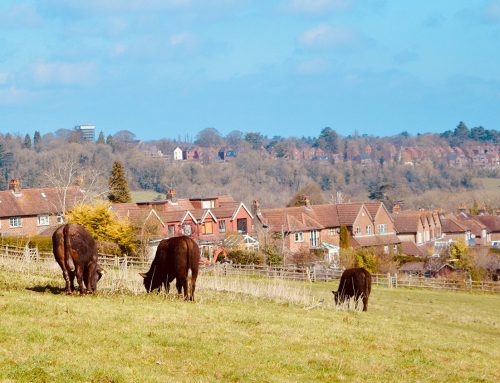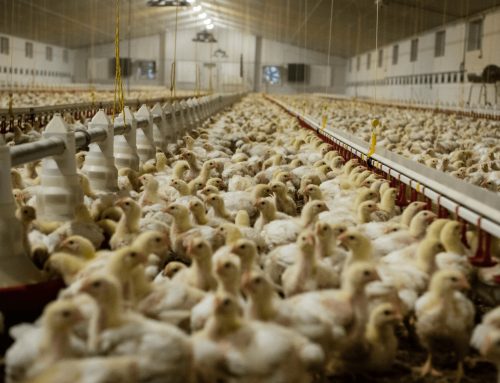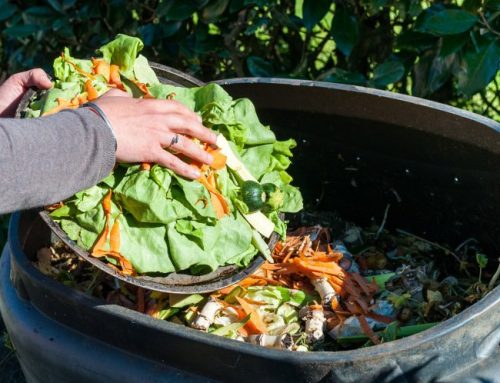
I bet you’re familiar with the saying ‘waste not, want not’. Well, today this proverb couldn’t be more relevant. In 2011 the Food and Agriculture Organisation of the United Nations (FAO) estimated that globally 1.3bn tonnes of food waste is created every year, accounting for a third of the food produced for human consumption.
Today with the increasing incidence of extreme weather events due to climate change and dwindling natural resources, the challenge of feeding a growing population becomes more difficult. According to fareshare.org, in the UK only, 8.4m people financially struggle to provide a balanced nutritious diet for their loved ones. 4.7m live in ‘severely food insecure homes’, meaning their diet is reduced to the point children regularly experience physical sensations of hunger and, in the worst cases, physical deformity and even death.
Food waste isn’t just a social or humanitarian concern—it’s an environmental one. When we waste food, we also waste valuable resources. Waste food can be used to create energy using anaerobic digesters, but much goes to landfill where it creates potent greenhouse gases such as methane. It also wastes the water used to grow, energy to harvest and transport as well as the packaging impact. According to the WWF, about 11% of global greenhouse gas emissions come from the food system; if food waste was a country, it would be the third biggest emitter of greenhouse gases behind only China and the USA.
The majority of food waste occurs at three main stages in the food chain.
Primary Production Waste
It is estimated that the total UK food surplus and waste in primary production stands at 3.6m tonnes per annum or 7.2% of production. The market value of this food is in the region of £1.2bn (figures according to wrap.org). At this stage, much of the food waste is still edible but it is rejected by many manufacturers and retailers as it is not aesthetically pleasing enough.
Manufacturing Waste
Figures published by wrap.org state food and drink production generates around 1.85 tonnes of food waste, worth over £1.4bn a year. UK food and drink manufacturers then spend a further £5bn dealing with waste itself, including collection, sorting, transport, treatment and disposal.
Consumer Waste
There were an estimated 7.3m tonnes of household food waste in the UK in 2015, an estimated value of £13bn. 2m tonnes of household food is discarded because it is not ’used in time’. Half of this was thrown away whole or in unopened packaging, according to wrap.org costing consumers around £2.4bn a year.
Additional to these three main food waste areas, a further 1m tonnes of waste is attributed to the hospitality industry and a further 260,000 tonnes wasted by retail stores such as Tesco, ASDA and Marks & Spencer’s (read further).
Over the next three posts, we will be exploring in more detail these three major food waste areas and examining the social and environmental impact caused. We will also look at what can be done to reduce food waste, both from a consumer and producers’ point of view.
UKFoodWeb is passionate about sustainability, the impact of the food sector on the environment and promoting local food production and sourcing. We help craft and artisan food & drink SME producers find new markets and scale their businesses profitably and at low risk. This article can only be shared in its entirety, or in part, by citing UKFoodWeb and a link to this original article.
Further reading:
foodaidfoundation.org – World hunger statistics
FareShare – Food waste and hunger in the UK
fareshare.org.uk – Hunger and food waste
wrap.org.uk – UK food waste figures
worldwildlife.org – Fight climate change by preventing food waste
theguardian.com – the UK throwing away 13bn of food each year
wrap.org.uk – Household food and drink waste
news.sky.com – Food waste deal with UK supermarkets
themanufacturer.com – targeting food waste in manufacturing






